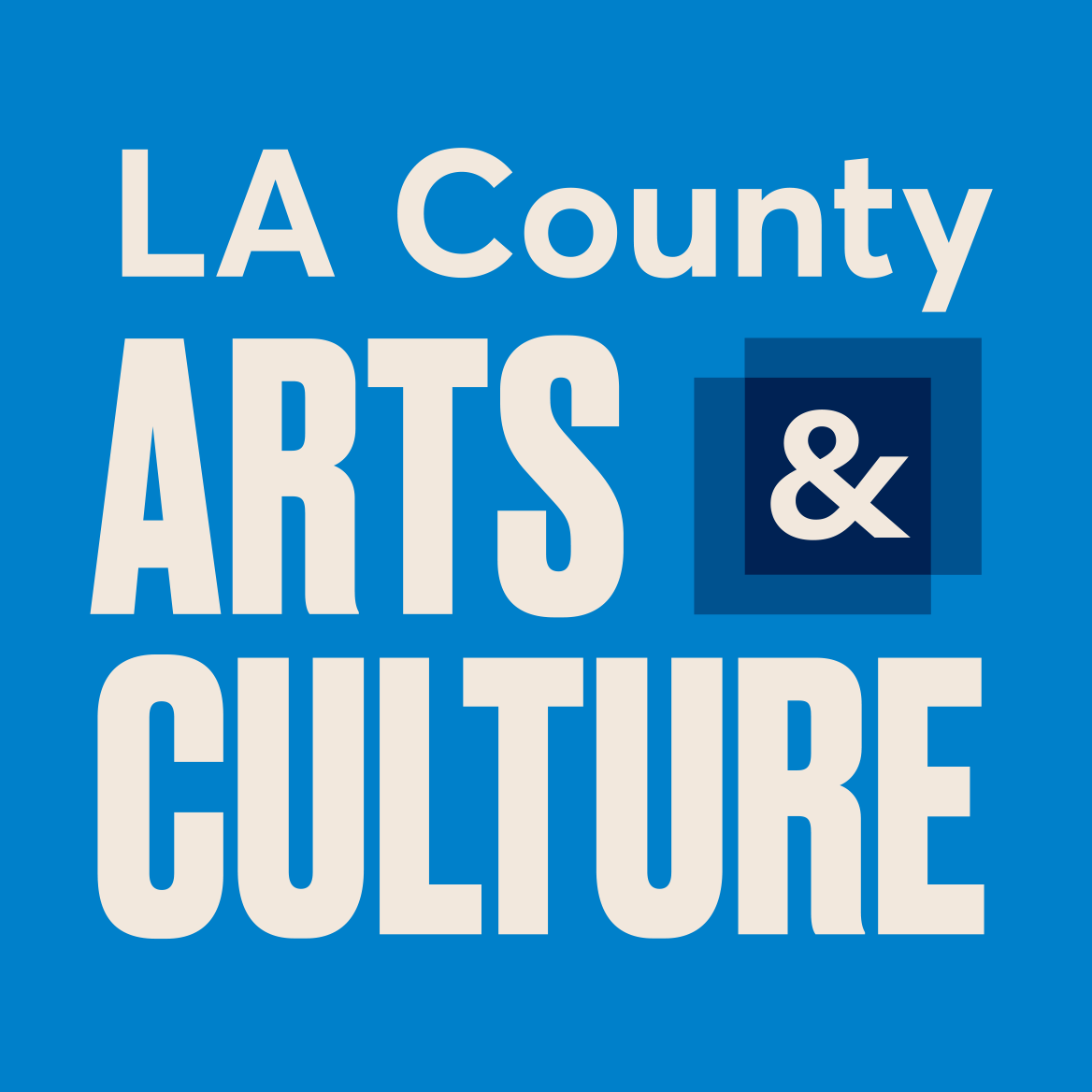(Above) "Vitae Telam (Web of Life) Tela de la Vida" by the De La Torre Brothers.
Who is responsible of ensuring disabled people have access to art? Is it the artist or the institution that presents and exhibits their art? Should the onus of advocating for access always fall to people with disabilities? Based on interviews with disabled and non-disabled artists and art professionals, this research study, Accessibility and the Arts: Reconsidering the Role of the Artist, investigates the role of artists and the museums that exhibit their work in making artwork accessible to people with disabilities. The report is centered on accessibility in terms of visual or hearing disabilities, and on art that is experienced in museum settings.
2020 marks the 30th anniversary of the Americans with Disabilities Act (ADA), which prohibits discrimination against people with disabilities and requires auxiliary aids and accommodations to reduce barriers. Since its passage, the arts sector has worked to improve access for people with disabilities, including American Sign Language (ASL) interpretation for live performances, low sensory performances, touch-friendly exhibits, and grants for artists with disabilities. But more can be done. The report makes recommendations to the arts and culture sector, from artists to museums and galleries to educational institutions to policymakers and funders, on actions they can take to expand and normalize disability access to arts and culture, and the benefits this access offers.
This report is available in both PDF and audio recorded formats.
View and Download a PDF of Accessibility and the Arts: Reconsidering the Role of the Artist.
Listen to an audio version of Accessibility and the Arts: Reconsidering the Role of the Artist via SoundCloud.



